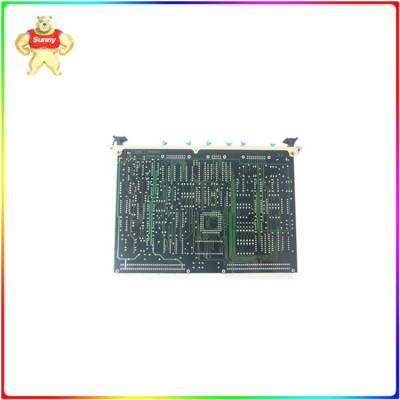- 热插拔产品特性
- 否是否进口
- 美国产地
ABB SCYC51020-58052582H 数字输入模块
ABB SCYC51020-58052582H 数字输入模块在自动化的许多领域,有效性的要求越来越高,因而对自动化系统的容错水平的要求也变得越来越高,尤其在设备停机代价非常大的场合。为了满足这些严格的要求,在dcs系统中通常采用冗余技术,这样才能够满足这些领域所需要的安全性、可靠性和有效性的标准。 在DCS控制系统中,分布处理单元是系统关键的部分。当前这些分布处理单元的控制器往往是基于86系列CPU建构的,这种架构目前被广泛采用。但是由于86系列分布处理单元的特点,导致现在的控制器处理单元存在很多的缺点,如放热量大等。而且在封闭的环境中,这些问题始终很难解决。
ABB SCYC51020-58052582H 数字输入模块随着很多低功耗技术的发展和低功耗控制器的出现,分布处理单元的CPU可以有更多的选择,尤其是低功耗的控制器产生很少的热量,且可以使系统的集成度更高。无论是国内还是国外的DCS控制系统之间有多大区别,冗余技术在这些DCS控制系统中都被广泛采用。DCS控制系统中主要采用了网络冗余技术、分布处理单元冗余技术、IO卡件冗余技术、电源冗余技术等。
The ABB SCYC51020-58052582H digital input module has increasingly high requirements for effectiveness in many fields of automation, resulting in higher requirements for the fault tolerance level of automation systems, especially in situations where equipment downtime costs are very high. In order to meet these strict requirements, redundancy technology is usually used in DCS systems to meet the standards of security, reliability, and effectiveness required in these fields. In DCS control systems, distributed processing units are a crucial part of the system. The current controllers for these distributed processing units are often built on the 86 series CPUs, and this architecture is currently widely adopted. However, due to the characteristics of the 86 series distributed processing units, the current controller processing units have many drawbacks, such as high heat release. And in a closed environment, these problems are always difficult to solve.
ABB SCYC51020-58052582H Digital Input Module With the development of many low-power technologies and the emergence of low-power controllers, distributed processing unit CPUs can have more choices, especially low-power controllers that generate less heat and can improve system integration. Regardless of the significant differences between domestic and foreign DCS control systems, redundancy technology is widely adopted in these DCS control systems. The DCS control system mainly adopts network redundancy technology, distributed processing unit redundancy technology, IO card redundancy technology, power redundancy technology, etc.
 在线问
在线问
- 热插拔
- 否
- 美国
- 否
- ABB
- SCYC51020-58052582H
- 220
- 60




